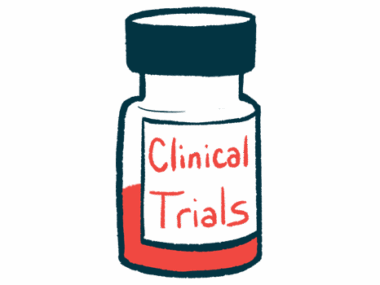Study highlights kidney function loss risk in hypoparathyroidism
Long-lasting disease after thyroidectomy seen raising risk
Written by |

People with long-lasting hypoparathyroidism after thyroid surgery are at risk of having deteriorating kidney function, according to a study from Spain.
“This study demonstrated that patients were at greater risk of chronic kidney disease, progression to end-stage kidney disease, and faster decline in [kidney function] compared to subjects without hypoparathyroidism during the 5-year follow-up period,” the researchers wrote.
The study, “Impaired renal function in patients with permanent hypoparathyroidism after thyroidectomy: analysis of a nationwide cohort in Spain,” was published in Endocrine.
Hypoparathyroidism is a condition marked by abnormally low levels of parathyroid hormone, a signaling molecule that’s made by the parathyroid glands, located in the throat next to the thyroid. Hypoparathyroidism often develops following thyroidectomy, a surgery in which all or part of the thyroid is removed; the parathyroid glands may be damaged in the process.
Chronic or long-lasting hypoparathyroidism can have a range of negative effects on the body, but research into how kidney function is affected by chronic hypoparathyroidism is still scarce. The kidneys are a pair of organs located in the abdomen that are responsible for filtering blood.
Study finds 4 in 10 with hypoparathyroidism see loss of kidney function
To assess the impact of hypoparathyroidism on kidney function, the researchers conducted a study of nearly 700 people who had undergone thyroidectomy: 236 people who developed chronic hypoparathyroidism following the surgery and had it for at least three years, and 458 who did not develop the condition. Participants with hypoparathyroidism were mostly women (85.6%), had a median age at thyroidectomy of 47, and a median follow-up time of 7.3 years.
Kidney function was assessed by calculating a measure called estimated glomerular filtration rate (eGFR), which is basically an assessment of how efficiently the kidneys are able to filter blood. eGFR is measured using a unit called milliliters per minute per 1.73 square meters (ml/min/1.73 m2).
Prior to thyroidectomy, eGFR values were comparable among patients who did or did not develop hypoparathyroidism following surgery. In patients who didn’t develop hypoparathyroidism, the median change in eGFR at the latest follow-up several years after surgery was zero.
But for patients who developed hypoparathyroidism, the median eGFR at the latest follow-up was 4.87 ml/min/1.73 m2 worse than values prior to surgery, suggesting that most patients with hypoparathyroidism experienced a decline in kidney function following thyroidectomy.
Roughly 4 in 10 patients with hypoparathyroidism showed loss of kidney function, compared with fewer than 3 out of 10 patients without hypoparathyroidism.
“This decline in renal [kidney] function was significantly more pronounced than that observed in subjects of similar [sex] and age with thyroidectomy without hypoparathyroidism,” the researchers noted.
In statistical analyses, the researchers found that patients who experienced loss of kidney function tended to be older and have worse eGFR measures prior to thyroidectomy. Patients who had kidney stones (nephrolithiasis) were also more likely to experience declines in kidney function.
The scientists said their study highlights the importance of monitoring kidney function in people with chronic hypoparathyroidism, especially for those with risk factors like old age or kidney stones.
“Further studies are needed to clarify the rate and risk factors associated with loss of renal function, as well as the most appropriate clinical protocols for early detection,” they wrote.






